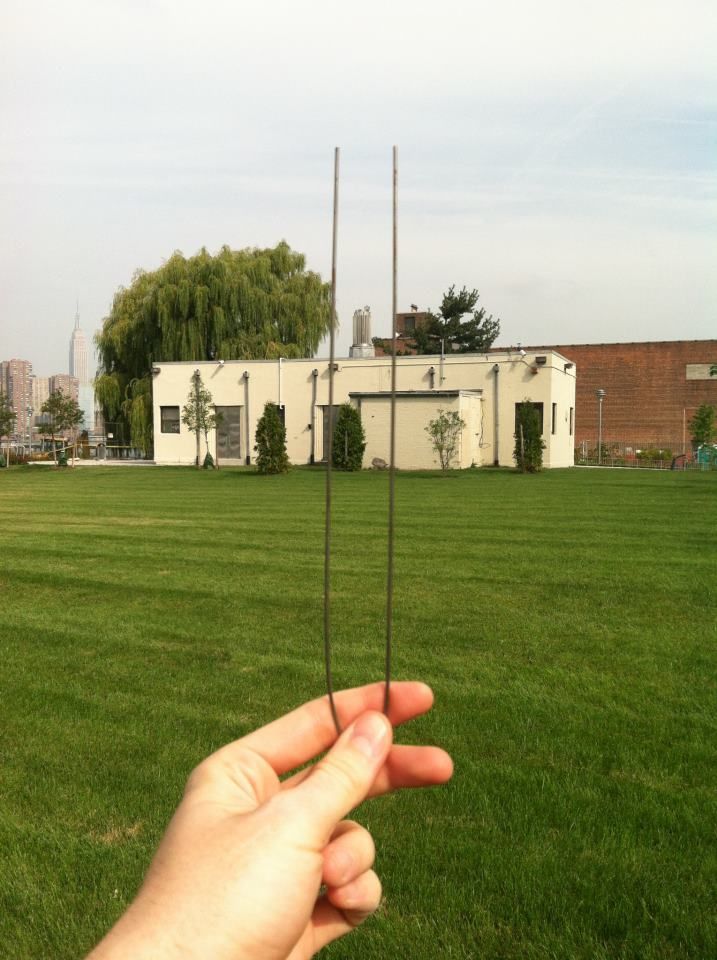About
For nearly two hundred years, from 1645 to 1840, this area, along with all of Greenpoint was a quiet farming community known as the "Garden Spot." That all changed in the 1820s with the arrival of a Robert Moses like figure in Greenpoint: Neziah Bliss.
An industrialist, inventor, and shipbuilder, Bliss had a vision for Greenpoint. Having made money in steamship building (he learned from Robert Fulton, whose portrait can be seen on a tile in the Greenpoint Reform Church) Bliss made quick work of turning Greenpoint from a sleepy farming area into a proper town. Bliss bought land from John Meserole, one of Greenpoint's founding families, then married his daughter, and finally bought up all of Greenpoint and much of Long Island City.
With that done, Bliss felt he needed to make Greenpoint more accessible - a complaint about the area that remains to this day. With this in mind, Bliss built a bridge across the Bushwich Creek to connect to nearby Williamsburg, and in 1839 he opened Ravenswood Turnpike, Greenpoint's first street, which ran on the path of what is now Franklin St.
Still not satisfied, in 1852, Neziah Bliss established a ferry service between 10th and 23rd Streets in Manhattan and the foot of Greenpoint Avenue, bringing horses, carriages, and workers to and from Manhattan. The ferry dock was located where Transmitter Park is today.
When 19th-century ferry patrons disembarked in Brooklyn, they were met with streetcar service that connected Greenpoint to the larger North Brooklyn and Western Queens Trolley Car system. After the Williamsburg and Queensboro Bridges were built, the Ferry was discontinued and the land its docks occupied was sold for other uses.
The transmitter designation for the plot comes from its 20th-century usage by radio station WNYC as a broadcast center. The broadcasting building still remains in the newly opened park.
Related Tags
Community Contributors
Published
August 31, 2010




























